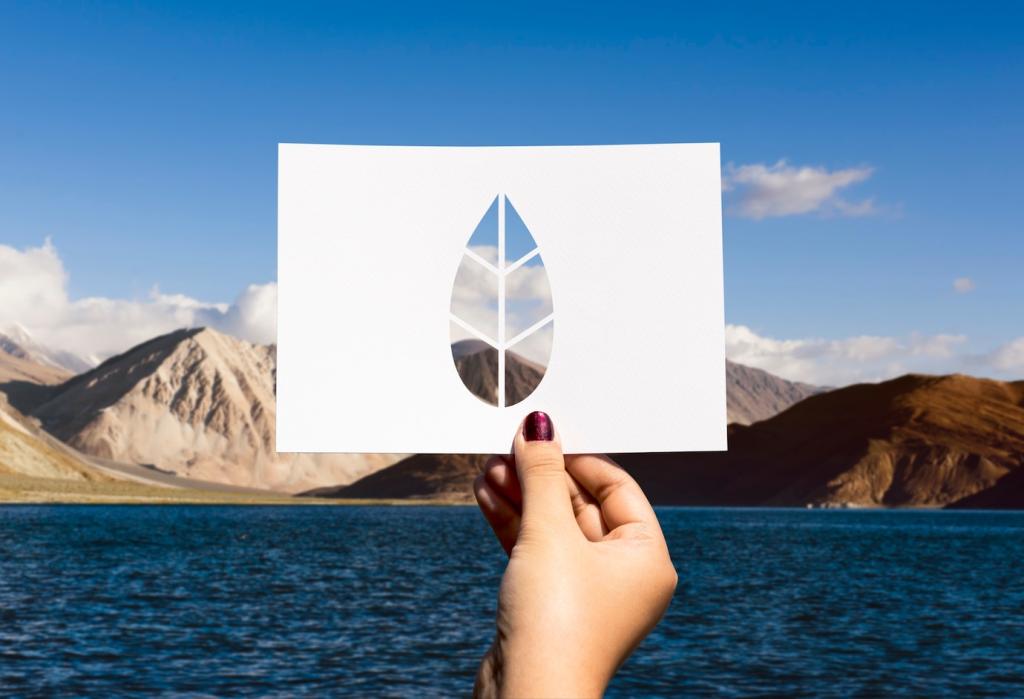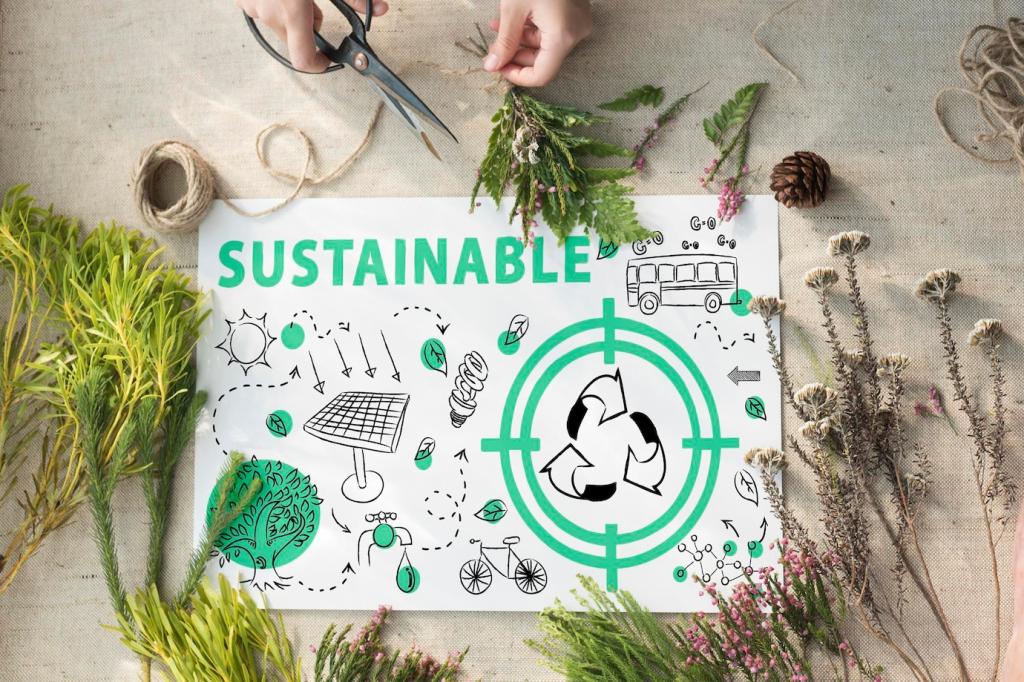Water Matters: Irrigation, Rain, and Runoff
Recirculating systems collect excess water, filter it, and feed it back, cutting consumption significantly. Moisture sensors and weather-based controllers further reduce waste, watering only when plants truly need it and pausing during cool, humid, or rainy periods.
Water Matters: Irrigation, Rain, and Runoff
A slim rain barrel or roof-connected cistern can offset irrigation during wet seasons. In drought-prone regions, combine native, drought-tolerant plants with mulch-like substrates to minimize dependence on potable water without sacrificing plant health or visual appeal.






